Summary
Summers are warm and dry with temperatures averaging in the mid-80s°F, while winters are cold and snowy with temperatures averaging in the low 30s°F. The city is situated along the Cache la Poudre River, which provides a vital source of water for the community. However, the river also carries high levels of sediment and nutrients, leading to concerns about water quality. Fort Collins offers a variety of outdoor recreation opportunities, including hiking and biking trails, fishing, and water sports on Horsetooth Reservoir. The city is also home to Colorado State University and a vibrant downtown with shops, restaurants, and cultural events.
Weather Forecast
Fort-Collins receives approximately 401mm of rain per year, with humidity levels near 61% and air temperatures averaging around 10°C. Fort-Collins has a plant hardyness factor of 5, meaning plants and agriculture in this region thrive during a short period during spring and early summer. Most plants will die off during the colder winter months.
Area Campgrounds
| Location | Reservations | Toilets |
|---|---|---|
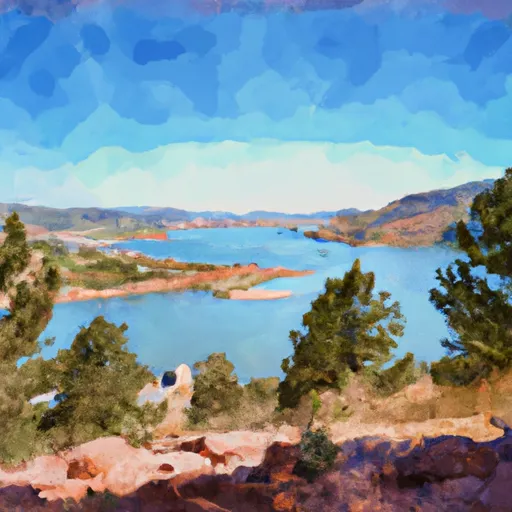 Inlet Bay - Horsetooth Reservoir
Inlet Bay - Horsetooth Reservoir
|
||
 South Bay - Horsetooth Reservoir
South Bay - Horsetooth Reservoir
|
||
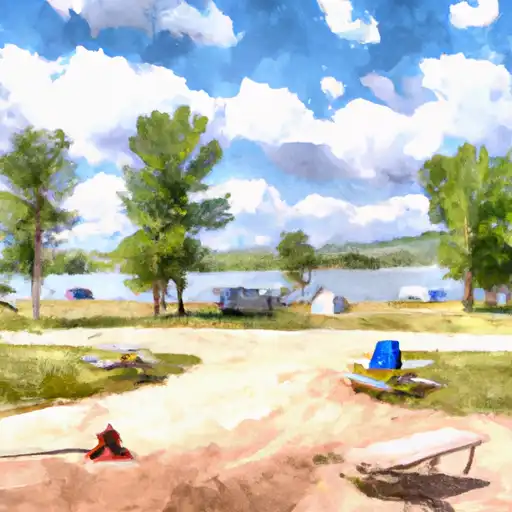 Boyd Lake State Park
Boyd Lake State Park
|

 Freedom Square
Freedom Square
 Lee Martines Park
Lee Martines Park
 Hickory Village Park
Hickory Village Park
 Jefferson Street
Jefferson Street
 Heritage Center Park
Heritage Center Park
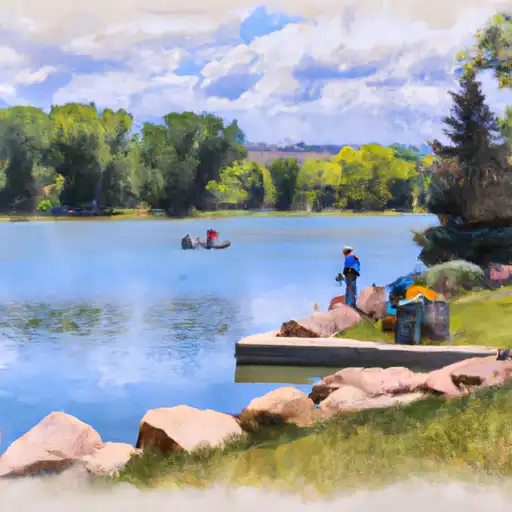 Sheldon Lake (City Park)
Sheldon Lake (City Park)
 Avery Pond
Avery Pond
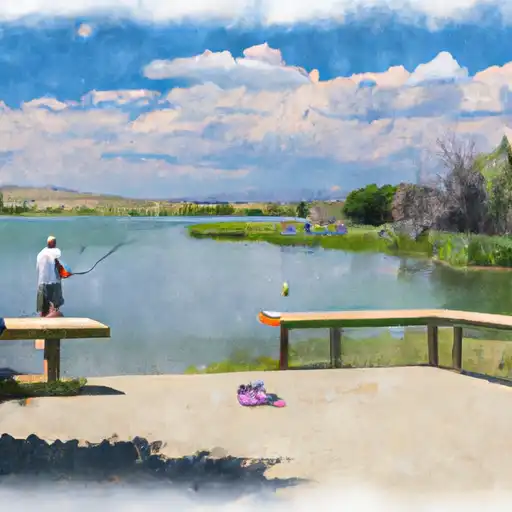 McMurry Ponds
McMurry Ponds
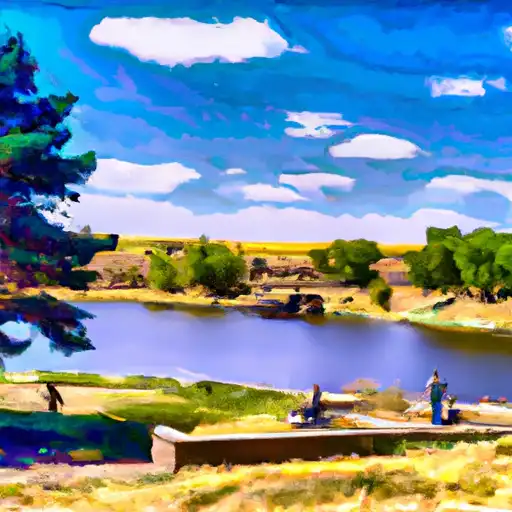 North Shields Ponds
North Shields Ponds
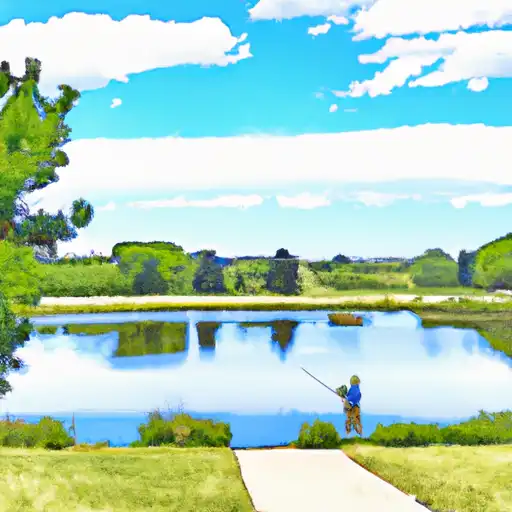 Rolland Moore Park Pond (Fort Collins)
Rolland Moore Park Pond (Fort Collins)